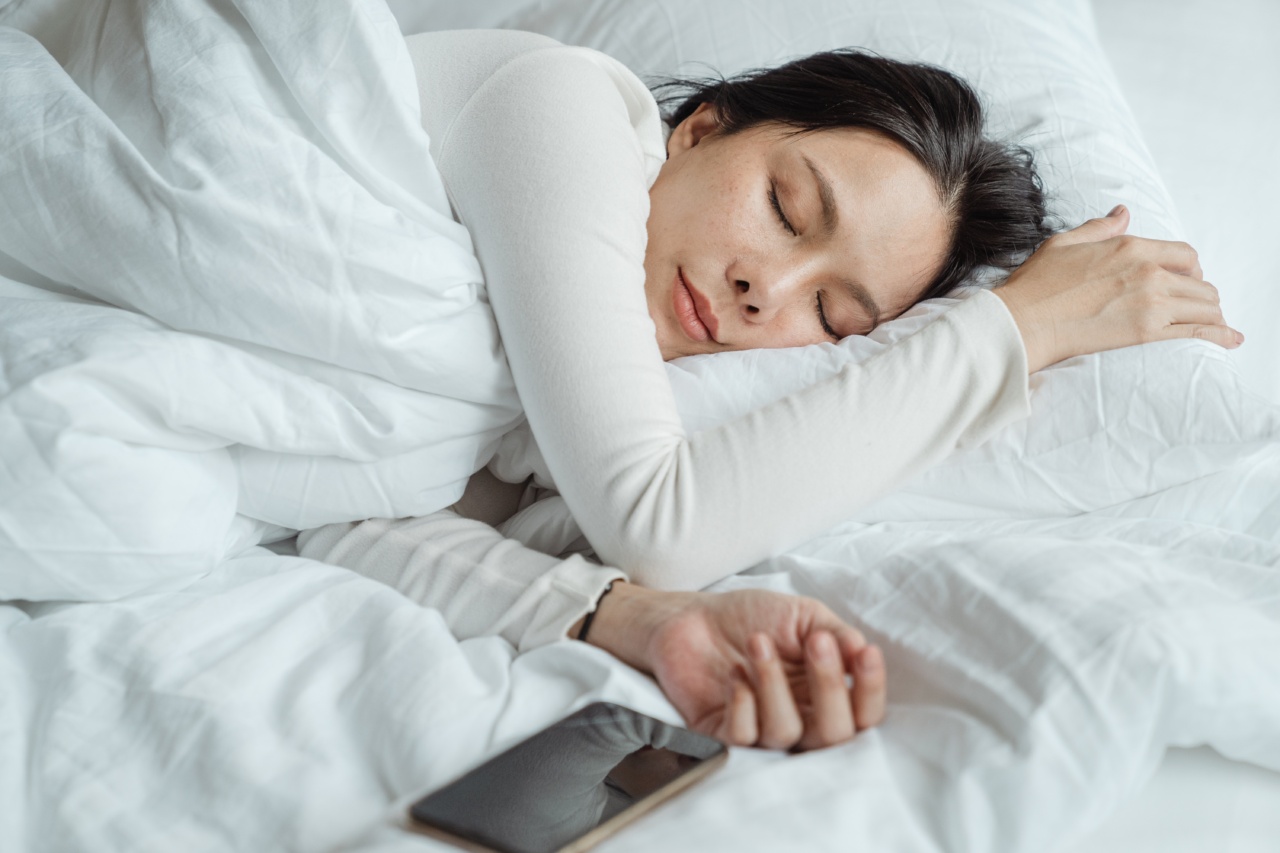Getting a restful sleep is essential for our overall well-being and health. It not only helps us feel refreshed and energized the next day but also plays a vital role in our mental and physical health.
However, some individuals often struggle with sleep disorders or have difficulty achieving a deep, restful sleep. Additionally, many people are also intrigued by the concept of lucid dreaming and want to experience this unique phenomenon.
Fortunately, there is a solution that can help individuals get both restful sleep and enhance their chances of experiencing lucid dreams.
Understanding Restful Sleep
Restful sleep refers to a state of sleep where the body and mind are completely relaxed, allowing for optimal restoration and rejuvenation.
During this type of sleep, the body goes through various stages, including light sleep, deep sleep, and rapid eye movement (REM) sleep. These stages are essential for memory consolidation, tissue repair, hormone regulation, and immune system function.
However, many factors can disrupt the quality of sleep, leaving individuals feeling tired and fatigued even after a seemingly long night’s sleep.
Common Sleep Disorders
Several sleep disorders can hinder an individual’s ability to achieve restful sleep. Some of the most common sleep disorders include:.
1. Insomnia
Insomnia is characterized by difficulty falling asleep, staying asleep, or both. It can be caused by stress, anxiety, certain medications, or underlying medical conditions.
Insomnia can significantly impact a person’s quality of life and overall well-being.
2. Sleep Apnea
Sleep apnea involves interrupted breathing during sleep, often accompanied by loud snoring.
This disorder can lead to excessive daytime sleepiness, fatigue, and various health issues because it disrupts the sleep cycle and prevents a person from reaching deep, restorative sleep stages.
3. Restless Legs Syndrome (RLS)
Restless Legs Syndrome is characterized by an irresistible urge to move the legs, accompanied by uncomfortable sensations. RLS can disrupt sleep and result in daytime fatigue.
4. Narcolepsy
Narcolepsy is a neurological disorder that affects the brain’s ability to regulate sleep-wake cycles. People with narcolepsy often experience excessive daytime sleepiness, sleep attacks, and abnormal REM sleep patterns.
The Importance of Lucid Dreams
Lucid dreaming is a phenomenon where individuals become aware that they are dreaming and can consciously influence the dream content. This unique experience offers tremendous potential for personal growth, self-exploration, and creativity.
Lucid dreams can also be used as a tool for problem-solving, overcoming fears, and enhancing overall well-being.
The Solution: Sleep Monitoring and Lucid Dreaming Techniques
To achieve restful sleep and increase the likelihood of experiencing lucid dreams, a combination of sleep monitoring and lucid dreaming techniques can be highly effective.
Sleep Monitoring
Sleep monitoring involves the use of technology to track and analyze an individual’s sleep patterns. This can be done through wearable devices, smartphone applications, or dedicated sleep tracking tools.
Sleep monitoring provides valuable insights into sleep quality, duration, and disturbances, helping individuals identify potential issues and improve their sleep hygiene.
Improving Sleep Hygiene
Implementing good sleep hygiene practices can significantly enhance the quality of sleep. Some key sleep hygiene practices include:.
1. Establish a Consistent Sleep Schedule
Going to bed and waking up at the same time every day helps regulate the body’s internal clock and promote better sleep.
2. Create a Calming Bedtime Routine
Engaging in relaxing activities before bed, such as reading a book or taking a warm bath, signals to the body that it’s time to wind down and prepare for sleep.
3. Create a Sleep-Friendly Environment
Make sure your sleep environment is cool, dark, and quiet. Use comfortable bedding and consider using earplugs or a white noise machine to block out any disruptive sounds.
4. Limit Exposure to Electronics
Avoid using electronic devices, such as smartphones or tablets, for at least an hour before bed. The blue light emitted by these devices can interfere with the body’s natural sleep-wake cycle.
Lucid Dreaming Techniques
Lucid dreaming techniques aim to increase the likelihood of experiencing lucid dreams. Here are some popular techniques that individuals can try:.
1. Reality Checks
Performing reality checks throughout the day helps train the brain to question reality, making it more likely to carry this habit into dreams.
Common reality checks include looking at one’s hands, trying to push a finger through the palm, or checking the time. In dreams, these reality checks often reveal inconsistencies, triggering lucidity.
2. Wake-Back-to-Bed Technique
The wake-back-to-bed (WBTB) technique involves waking up after a few hours of sleep, staying awake for a short period, and then going back to sleep.
During this brief waking period, individuals can engage in lucid dreaming techniques such as visualization, affirmations, or meditation to increase the chances of having lucid dreams.
3. Mnemonic Induction of Lucid Dreams (MILD)
The MILD technique involves setting the intention to have a lucid dream before falling asleep. Individuals repeat a mantra or affirmation, such as “I will be aware that I’m dreaming,” to reinforce the intention.
This technique capitalizes on prospective memory and improves the ability to recognize the dream state.
4. Sleep Supplements and Aids
In some cases, sleep supplements or aids can be used to enhance sleep quality and increase the chances of having lucid dreams.
Supplements such as melatonin or valerian root can promote relaxation, while certain herbs like mugwort have traditionally been associated with vivid dreams and lucidity.
Conclusion
Obtaining restful sleep and experiencing lucid dreams are both achievable with the right techniques and habits.
By implementing sleep monitoring practices, improving sleep hygiene, and exploring lucid dreaming techniques, individuals can greatly enhance their sleep quality and increase the chances of experiencing lucid dreams. Remember, a good night’s rest is crucial for optimal physical and mental well-being, and lucid dreaming offers a fascinating realm for personal exploration and growth.































